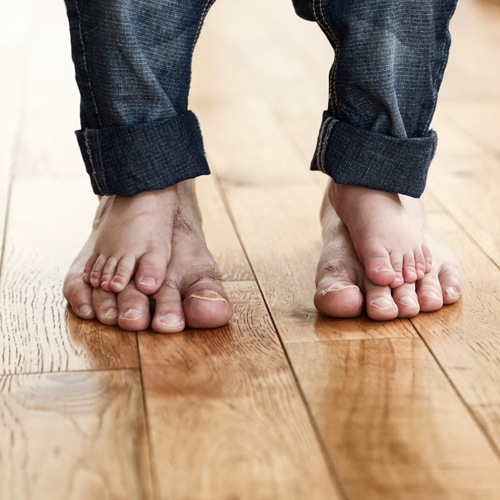NAIL DISEASES AND INFECTIONS
 The nails that protect the skin and tissue of your fingers and toes are made up of hardened keratin. Keratin is the same protein found in your hair and skin – which is why nail diseases like fungal infections are treated by dermatologists.
The nails that protect the skin and tissue of your fingers and toes are made up of hardened keratin. Keratin is the same protein found in your hair and skin – which is why nail diseases like fungal infections are treated by dermatologists.
Fungal infections may affect the nail and the skin under the nail. They occur more often in toenails because toes are confined in the dark, warm and moist environment that exists inside your shoes. Plus, toes have less blood flow than fingers, which makes it harder for your body’s immune system to find and stop the infection.
The most common symptoms of nail surface fungal infections are:
- White spots or streaks on the nail surface
- Softened nail surface as the infection worsens
- Crumbly nail surface and gray or brown discoloration
Distal fungal infections are different, in that they affect the nail surface and the nail bed, or skin underneath the nail. Distal infections are known by:
- Yellow streaks in the bed of the nail and underneath the nail
- Discoloration and thickening of the affected nail
- Brittle and broken nail
Other microorganisms like yeast and bacteria can infect nails, too, so it’s important to seek the expertise of the Midwest Dermatology team.


 The nails that protect the skin and tissue of your fingers and toes are made up of hardened keratin. Keratin is the same protein found in your hair and skin – which is why nail diseases like fungal infections are treated by dermatologists.
The nails that protect the skin and tissue of your fingers and toes are made up of hardened keratin. Keratin is the same protein found in your hair and skin – which is why nail diseases like fungal infections are treated by dermatologists.